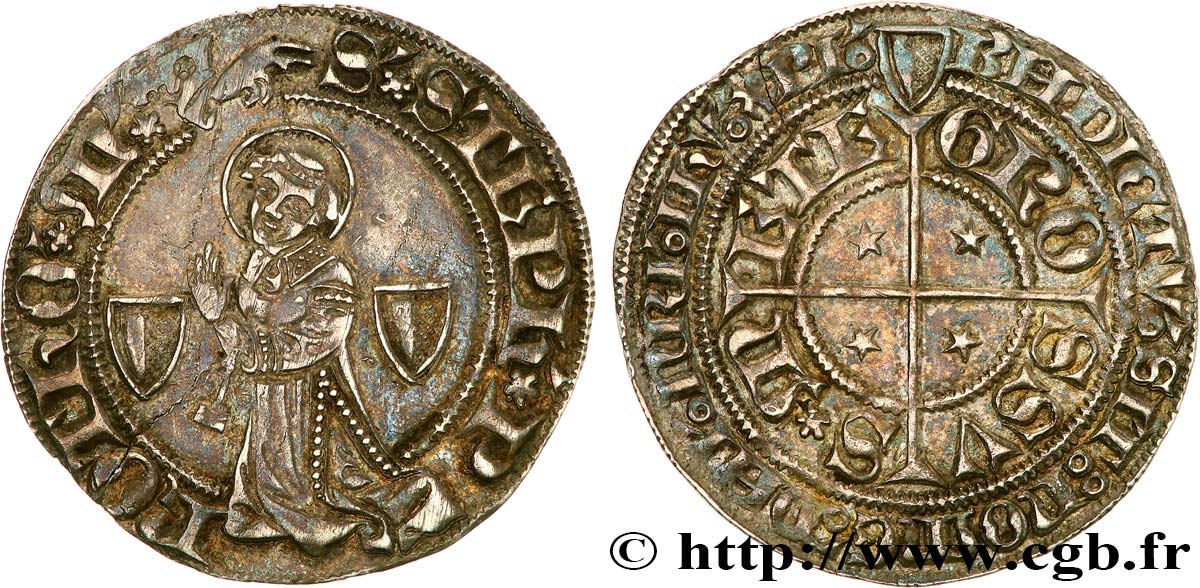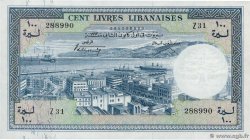You must signin and be an approved bidder to bid, LOGIN TO BID. Accounts are subject to approval and the approval process takes place within 48 hours. Do not wait until the day a sale closes to register. Clicking on "BID" constitutes acceptance of the terms of use of cgb.fr private live auctions.
Bids must be placed in whole Euro amounts only. The sale will start closing at the time stated on the item description; any bids received at the site after the closing time will not be executed. Transmission times may vary and bids could be rejected if you wait until the last second. For further information check the Live auction FAQ
All winning bids are subject to a 18% buyer’s fee.
All winning bids are subject to a 18% buyer’s fee.
| Estimate : | 400 € |
| Price : | 200 € |
| Maximum bid : | 222 € |
| End of the sale : | 26 October 2021 18:02:05 |
| bidders : | 1 bidder |
Type : Gros au Saint-Étienne agenouillé
Date: c. 1563-1600
Mint name / Town : Metz
Metal : silver
Diameter : 26 mm
Orientation dies : 9 h.
Weight : 2,93 g.
Coments on the condition:
Ce gros est frappé sur un flan large et légèrement irrégulier. Très bel exemplaire présentant de jolis reliefs et recouvert d’une agréable patine grise
Catalogue references :
Obverse
Obverse legend : S. STEPHA. P - ROTHO. M.
Obverse description : Saint-Étienne à genoux à gauche, la tête nimbée et accosté de deux écussons aux armes de la cité, sous une main bénissante.
Obverse translation : (Saint-Étienne, protomarthyr).
Reverse
Reverse legend : GRO/SSV/S * M/ETE. ET EN LÉGENDE EXTÉRIEURE : (ROSE) SIT: NOMEN. DNI: NRI. IHV. XPI. BNDICTV..
Reverse description : Croix cantonnée de quatre étoiles et surmontée d'un écusson aux armes de la cité.
Reverse translation : (Que le nom de notre Seigneur Jésus Christ soit béni).








 Report a mistake
Report a mistake Print the page
Print the page Share my selection
Share my selection Ask a question
Ask a question Consign / sell
Consign / sell










